Festivals and Celebrations

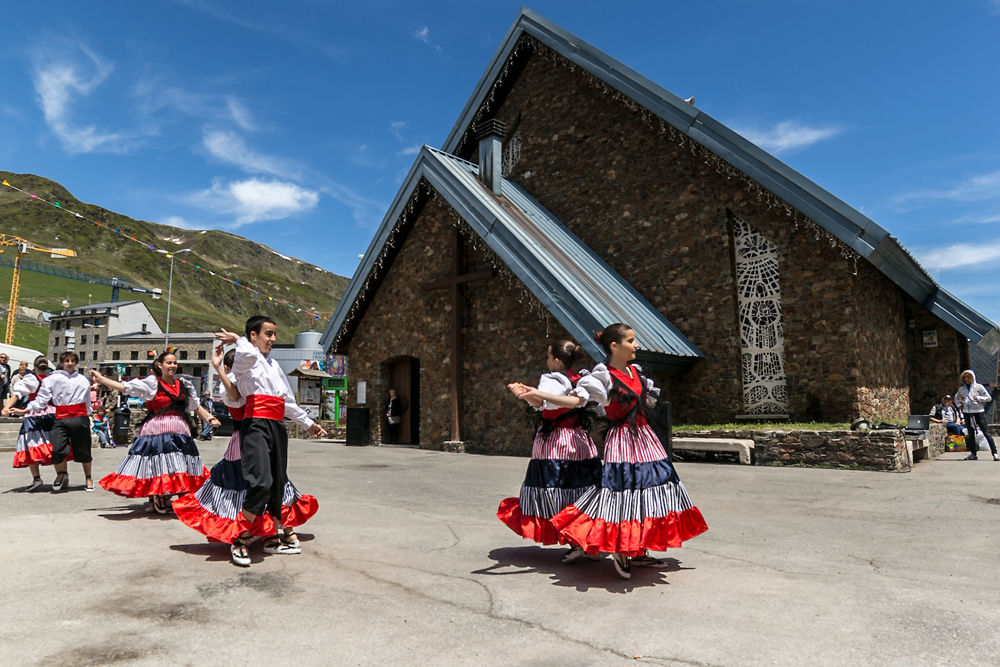
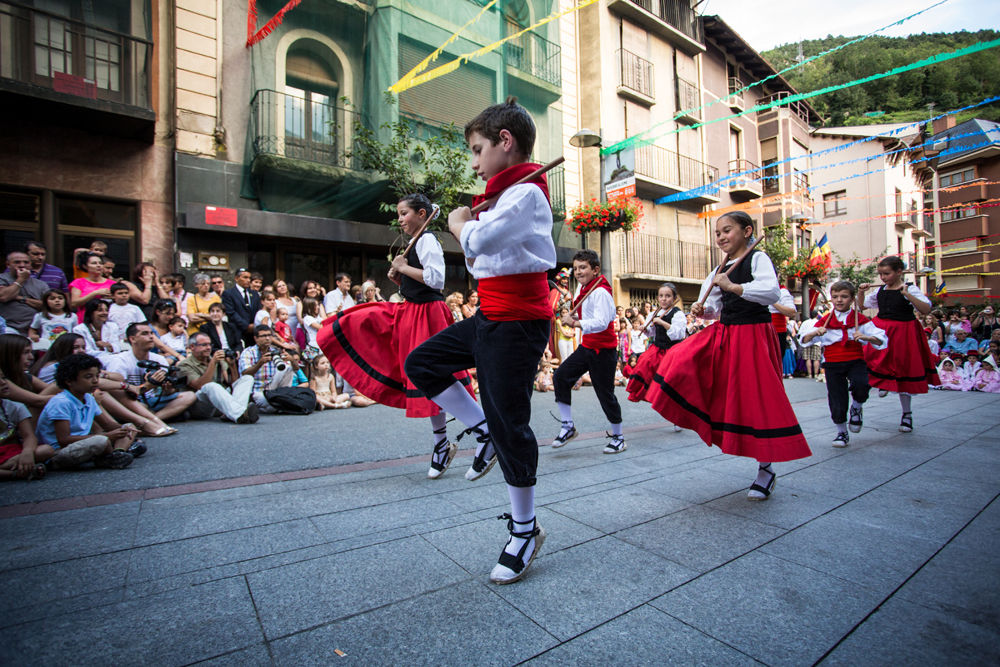
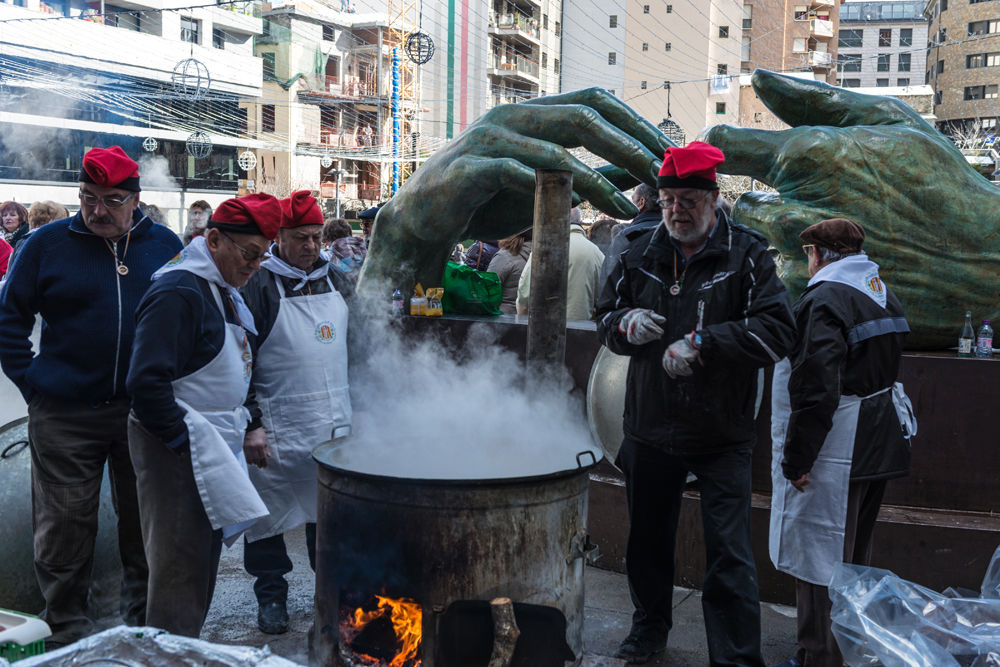
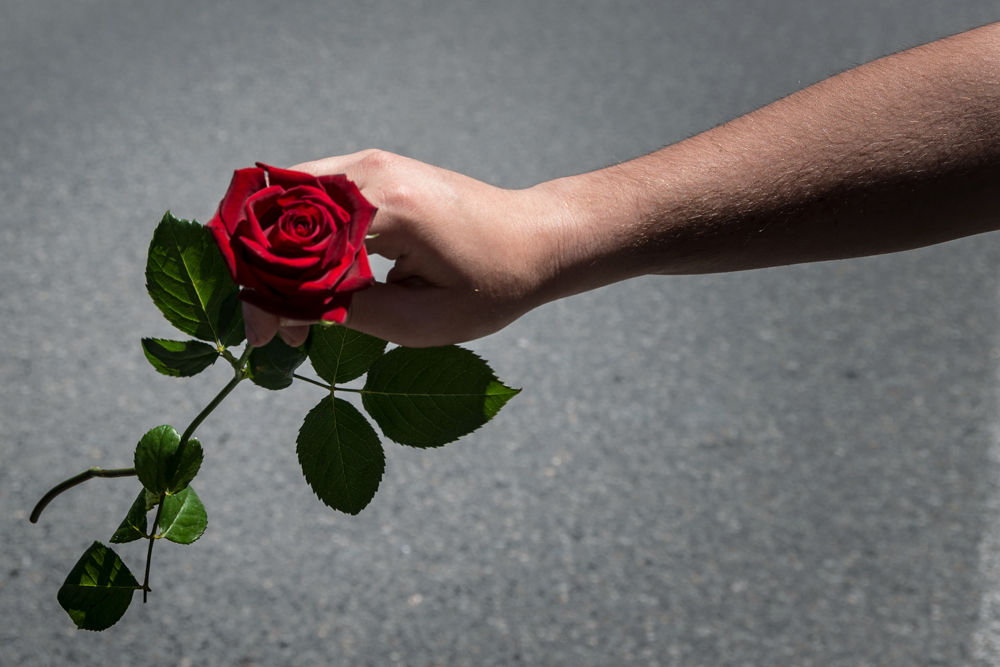
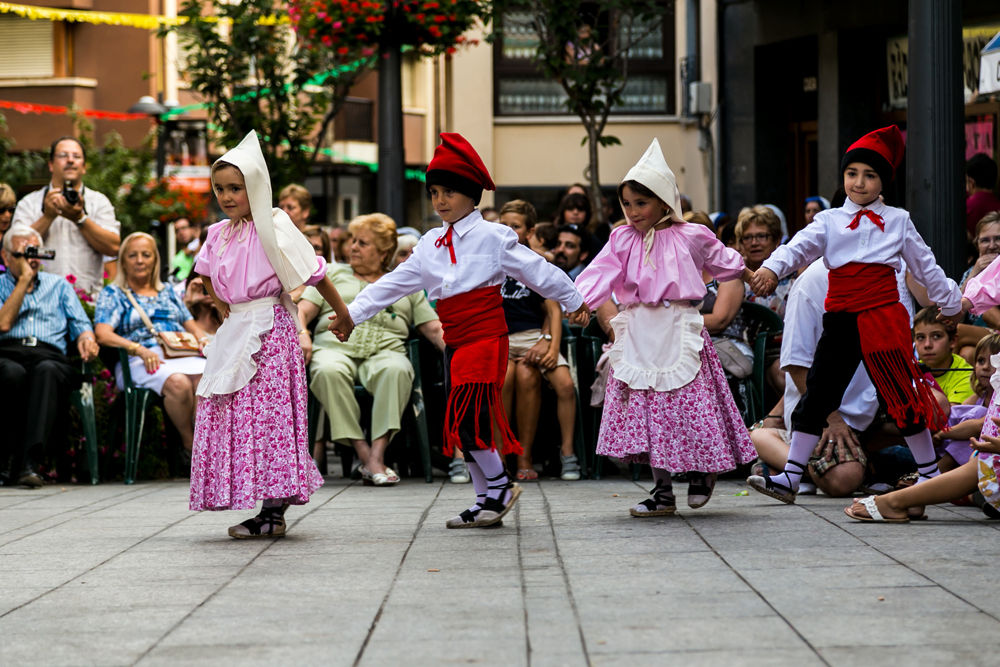
Andorra has a string of dates circled on the calendar which, year after year, keep alive traditions deeply rooted in local people's souls, passed from generation to generation, right up to the present day. Despite the Principality's restricted size, each parish has created its own specific way of celebrating these festivities over the years, giving them a distinctive identity and making them both unique and universal.
A typical example of these traditions are the popular "escudelles" of Sant Antoni and Sant Sebastià, a celebration involving a local winter warming stew. These festivities take place on 17 January in most parishes, such as Canillo, Encamp (and Pas de la Casa), Massana, Andorra la Vella, and Escaldes-Engordany, coinciding with their saint’s days, or on the following Sunday. Sant Sebastià is celebrated on 20 January in Sant Julia. Meanwhile, "Brou amb carn d’olla" (a typical meat stew) is served in Ordino for Carnival.
Another country-wide tradition is the summer solstice festival of Sant Joan and Sant Pere, when “falles”, or monuments, are set alight, and bonfires are burnt. The celebration of the shortest night of the year is on UNESCO's Intangible Cultural Heritage of Humanity list, along with other Pyrenean fire festivals held in Aragon, Catalonia and Occitania.
Canillo
The annual Festa Major festival is held on the third Sunday in July in the Vall d'orient parish. It actually starts on Saturday and runs until Monday. The International Sheepdog Competition takes place on the first Sunday in July and attracts a large number of visitors from the plains of Mereig to the Coll d'Ordino pass, where it is held. Sant Roc is the patron saint of the parish, whose day is celebrated on 16 August.
Another local tradition is the Arlequins, who are the main figures in the Carnival parade, with their colourful attire and tassels tied to their ankles, which jingle as they walk.
Encamp
The Festa del Poble festival takes place on the last weekend of June, coinciding with Sant Joan. The first Festa Major festival is that of Pas de la Casa, which takes place on 29 June. Encamp also has a festival on 15 and 16 August, coinciding with the Feast of the Assumption of the Virgin Mary.
The most lively celebration in the parish is undoubtedly the Carnival, with the Ball de l'Ossa performance on Monday, which was listed as Intangible Cultural Heritage by UNESCO in 2022, being part of the “Festes de l’Os dels Pirineus” (Bear festivities in the Pyrenees).
Ordino
The most popular festival in the parish is Roser, which takes place on the first Sunday in July and lasts for four days, during which time traditional events such as the folding of the Rose and folk dances are combined with communal meals, activities and evening entertainment that attract young people from all over the country. Meanwhile, the Festa Major is held on 16 September. Ordino has revived the traditional performance of L’última Ossa, which is now held in the first week of December in the gardens of the Casa Areny-Plandolit Museum. Just as in Encamp, it forms part of the “Festes de l’Os dels Pirineus”, included in the UNESCO Intangible Cultural Heritage.
La Massana
The patron saint of the parish is Sant Antoni, which is celebrated on 17 January, coinciding with the communal “escudelles” in honour of this saint. However, the most popular celebration is the Roser, which is celebrated in La Massana for three days, around the second Sunday in July, with music and community activities. The tradition culminates when roses are handed out to the town's residents. As is the case in many towns in the country and other places, the Festa Major takes place on 15 and 16 August.
Andorra la Vella
In the capital, the Festa del Poble festival is celebrated with a range of events on 24 June, representing one of the highlights of the calendar and coinciding with the Festa Major of Andorra la Vella, which takes place several days before and after the first Saturday in August. It is one of the most widely attended and popular festivals in the Principality, with music, activities and events for all ages. In the second to last weekend in August, the Festa Major in Santa Coloma is also celebrated.
Sant Julià de Lòria
The most important traditional celebrations include the parish patron saint's day, Sant Julia, which is held on 7 January, and the festival of Canòlich, on the last Saturday in May. A gathering is held at the sanctuary where the image of the Virgin of Canòlich is venerated, and many locals hike up the old path that leads to the chapel, which stands at an altitude of 1,635 metres above sea level.
The Sant Julià de Lòria Festa Major, which is held two days before and after the last Sunday in July, is one of the festivals that attracts the most people, especially young people, who enjoy the live music in the evenings, not forgetting the daytime leisure activities for families.
Sant Julia also offers performances of the “Pastorets” Nativity play, a loose adaptation of the traditional text by Folch i Torres, in various performances before and after the end of the year, coinciding with the Christmas and Epiphany celebrations.
Escaldes-Engordany
The parish festival here falls on the first Sunday after 14 June. Traditional activities are best represented by the “Pessebre vivent”, the living Christmas crib scene, which was reinstated in 2014 with the participation of local residents and various local organisations. The performances are staged in different locations around the old quarter of Engordany, where it was first held in 1956, promoted by Esteve Albert i Corp, and Escaldes.
The Escaldes-Engordany Festa Major is held around 25 and 26 August and is the closing event in the series of large-scale festivals. Like those mentioned above, the festival is very well-attended by people from all over the world who want to enjoy the live music and activities for all ages.
